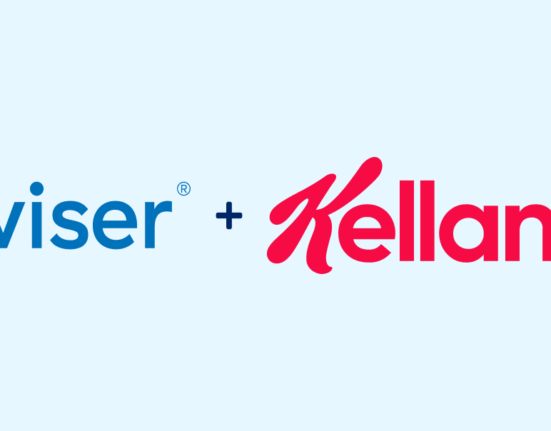Once products leave the manufacturer and make their way out into the world, it becomes a lot more difficult for brands to keep track of exactly how those products are being handled.
No matter how many planograms you create, or ground-breaking display ideas you have, your products can’t succeed without compliance from retailers at the store level.
What is Retail Compliance?
Compliance from stores looks like displaying, advertising for, and selling a brand’s products according to the set guidelines you have provided retailers. This ensures that your products, and your brand, are being accurately represented at the ground level in front of consumers.
Usually this is done by providing retailers with a planogram—a diagram showing the exact details of how products should be placed on shelves or displays at retailers in order to increase customer purchases.

Why Is Retail Compliance Important?
Staying true to a thorough and accurate planogram can increase a brand’s revenue, decrease OOS instances, and improve brand image.
Increase Revenue
Having accurate and up-to-date displays ensures that customers are getting the most seamless and positive experience possible when at the shelf. This can increase consumer perceptions of your brand, positioning you as organized and reliable in the public eye.
Decrease OOS
One of the biggest deterrents in the customer path-to-purchase is out-of-stock or unavailable products (for obvious reasons).
A planogram provides concrete visual representation of exactly what your products should look like on the shelves. With proper compliance, things like regular shelf stocking and correctly set up displays will follow regulations that reduce empty shelves and ensure day-to-day maintenance of your products.
This should automatically improve your sales and customer shopping experience by simply making your products available to those who want to purchase them.
Improve Brand Image
Customers want to be able to count on their favorite brands to provide consistently available and excellent products—something good merchandising compliance can help achieve.
A properly executed planogram can:
- Create seamless customer browsing experiences
- Ensure displays are placed in high-traffic areas to increase impulse purchases
- Place easy-to-identify products on the shelves exactly where they should go
All of which point to a brand that shoppers can trust.
What Are the Challenges With Staying in Compliance?
There are several reasons a brand may suffer from a lack of planogram compliance. One can assume that retailers would prefer to carry out a brand’s plans correctly and help products perform to the best of their ability, so why do things sometimes slip through the cracks?

Changing Plans Too Often
Planograms are meant to be flexible and should change as you gather new data that may point to a more advantageous plan of action. However, if you are changing your plans too often or at random intervals, retailers may not be able to stay up-to-date with your products’ most accurate information.
This can lead to misunderstandings that may be causing unnecessary friction with retailers and costing your brand profits.
If you find that your plans are changing often and in significant ways, try putting an update schedule into place so retailers know when to expect a change in guidelines. This way, everyone can stay on the same page and your products can be displayed and advertised accurately.
Inexperienced or Uninformed Staff
One key piece of information that brands often overlook when creating their planograms is who will actually be carrying them out in-store.
There’s a high possibility that the people tasked with stocking shelves or setting up displays are inexperienced or unaware of the importance of adhering to the shelf and display plans.
Often, operation at the store level is so chaotic and the employee turnover is so high that it can be difficult maintaining organization.
A way to combat this is by regularly having field teams check in and audit locations to ensure things are running smoothly. An unattended shelf can never be a healthy one.
Planograms and store plans don’t end with just ideas; brands need to set their sights on what’s happening in-store.
How to Have Productive Conversations With Managers About Compliance
To combat these challenges, you need to have regular informed and data-driven conversations with the management in charge of following your planograms and ensuring compliance.
With tools like Wiser’s Retail Intelligence, you can monitor exactly what’s happening with your products in stores. This kind of software can provide you with OOS data, shelf photos, customer insights, and much more.
With this information, you can approach store managers with data specific to their location and pinpoint exactly which areas are in need of improvement and what areas may be in non-compliance. This type of information allows for straightforward and productive conversation without any guesswork so that you can make smart, actionable plans for your products.
Planograms and store plans don’t end with just ideas; brands need to set their sights on what’s happening in-store. Merchandising compliance is the cornerstone of having successful products and healthy shelves. Are you staying informed?














